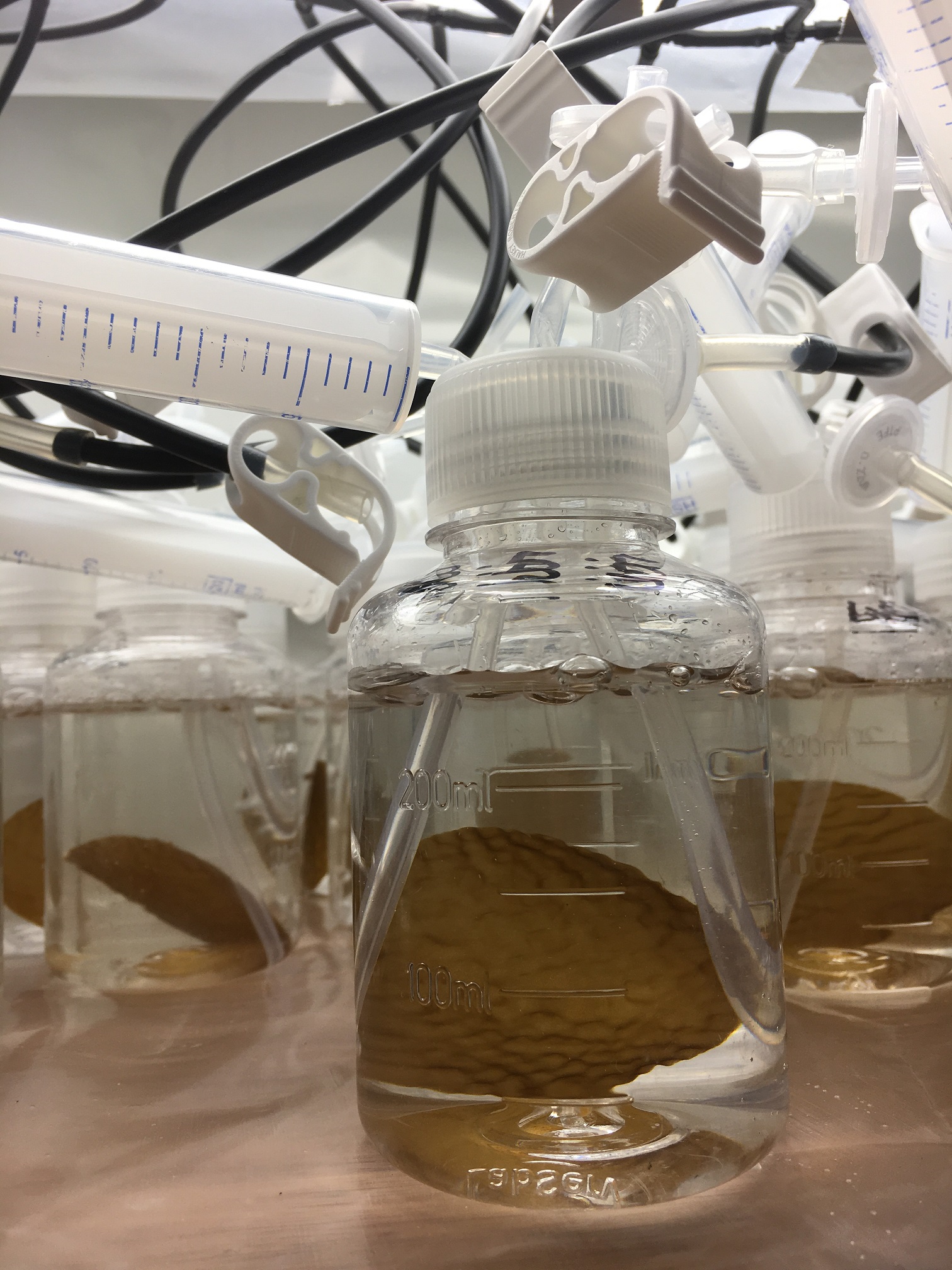Growing seaweed in the open ocean is widely considered a viable way to remove carbon dioxide from the atmosphere, but a new study reveals the iron concentration in the open ocean is inadequate to sustain seaweed growth – a fact that scientists say should be part of the ocean afforestation debate.
"Iron has a significant influence on the function of the biological carbon cycle because it sets the rate of photosynthesis and nitrogen uptake in both phytoplankton and seaweed," said lead author of the study, Dr Ellie Paine.
"This is the first time it's been scientifically proven that the growth of giant kelp Macrocystis pyrifera cannot be sustained at oceanic dissolved iron concentrations."

Dr Paine conducted the research published in Communications Biology during her PhD at the University of Tasmania's Institute for Marine and Antarctic Studies (IMAS).
The highly technical laboratory research used seawater sampled from the Southern Ocean at a depth of 20 metres, in a trace-metal-free incubation experiment.
A positive pressure 'bubble' was custom built to contain the experiment and study the importance of dissolved iron for photosynthesis, nitrogen uptake, growth rates and dissolved organic carbon release in giant kelp.
"We chose to use giant kelp because it is a fast-growing seaweed and has a high capacity to take up nutrients from seawater, which is also why many planned ocean afforestation endeavours focus on this species," Dr Paine said.
"We took a closer look at dissolved inorganic iron, a trace metal that is essential for seaweed growth – and found that, under limiting iron concentrations, the seaweeds showed significant physiological stress and high mortality after two weeks.
"This indicated that the concentration of iron in the oceanic seawater was far too low to support kelp growth."
The study highlights that iron availability in the open ocean is a crucial aspect of seaweed growth and should inform the ongoing ocean afforestation debate.






